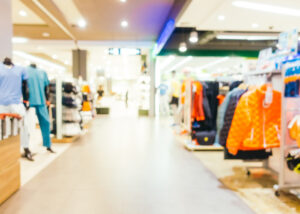Garment Manufacturing and Customization: Catering to Individual Needs
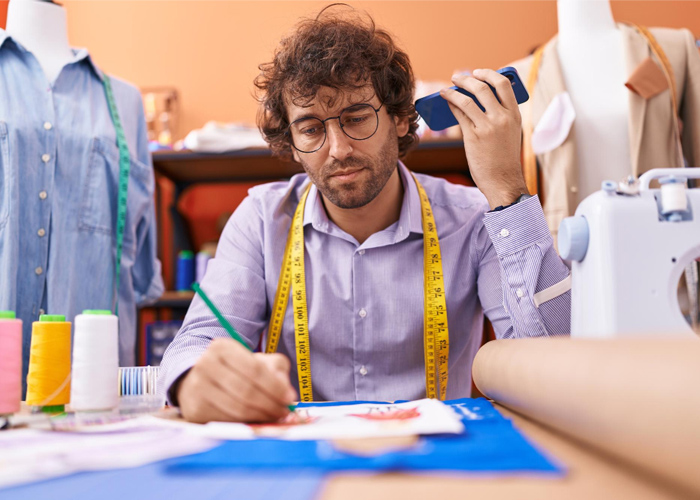
Table of Contents
ToggleIn the dynamic and ever-changing world of fashion, consumers’ desires have evolved from merely seeking stylish clothing to demanding personalized and unique products that cater to their individual tastes and preferences. Garment manufacturing and customization have emerged as key solutions to meet these demands, offering consumers the power to actively participate in the design and production process. This article explores the growing trend of garment customization, delving into its definition, scope, benefits, and the impact it has on the fashion industry from both consumer and manufacturer perspectives.
I. Understanding Garment Customization
A. Definition and Scope
What is garment customization?
Garment customization refers to the process of tailoring clothing items to meet the unique requirements and preferences of individual customers. It allows consumers to have a more active role in selecting design elements, fabrics, colors, and personalized details.
How it differs from ready-to-wear clothing
Unlike ready-to-wear clothing, which is mass-produced in standardized sizes and designs, garment customization offers customers the opportunity to customize each garment according to their specific measurements and style preferences.
Various customization options available
Garment customization options are diverse and can include personalized fitting, fabric choices, embellishments, embroidery, monograms, and other unique design features, allowing customers to create garments that perfectly align with their personal style.
B. Evolution of Customization in the Fashion Industry
Historical context of bespoke clothing
The roots of garment customization can be traced back to the era of bespoke clothing, where garments were meticulously crafted by skilled artisans to fit individual clients’ measurements and style preferences.

Rise of made-to-measure and limited-edition garments
As industrialization took hold, made-to-measure clothing emerged as a compromise between full customization and mass production. Additionally, limited edition garments began to cater to those seeking unique pieces without full bespoke services.
Technological advancements driving customization
With the advent of advanced technologies such as 3D body scanning, virtual reality, and computer-aided design (CAD), the fashion industry has witnessed a revolution in the level of personalization that can be achieved, making garment customization more accessible and efficient.
II. The Benefits of Garment Customization
A. Enhanced Personalization
Tailoring to individual body measurements
Customization ensures that garments are precisely tailored to the customer’s unique body shape and size, resulting in superior fit and comfort compared to off-the-rack alternatives.
Choosing preferred fabrics, colors, and patterns
Customers have the freedom to select from an array of high-quality fabrics, colors, and patterns, enabling them to curate garments that align with their personal style, occasion, and climate.
Adding personalized elements (monograms, logos, etc.)
The ability to add personal touches like monograms or logos allows customers to imprint their identity on the garment, creating a sense of ownership and exclusivity.
B. Expression of Individuality
Empowerment through self-expression
Garment customization empowers consumers to express their individuality and showcase their unique tastes, helping them stand out in a world dominated by mass-produced fashion.
Reflecting personal style and values
By actively participating in the design process, customers can create clothing that reflects their values, beliefs, and lifestyle, forging a deeper emotional connection with the garments they wear.

Standing out from mass-produced fashion
In a market flooded with identical fast-fashion items, customized garments provide a refreshing alternative, allowing wearers to break away from the cookie-cutter styles and create one-of-a-kind pieces.
C. Improved Customer Satisfaction and Loyalty
Meeting specific needs and desires
The personalized nature of garment customization ensures that customers’ specific needs and desires are met, resulting in higher levels of satisfaction and an increased likelihood of repeat purchases.
Building emotional connections with customers
By involving customers in the design process and creating garments that resonate with their preferences, brands can foster a deeper emotional connection, leading to increased loyalty and brand advocacy.
Encouraging repeat purchases and word-of-mouth marketing
Satisfied customers who experience the joy of owning custom-made garments are more likely to become brand ambassadors, spreading positive word-of-mouth about the brand’s personalized offerings.
III. Customization Techniques and Technologies
A. Advanced Measurement Tools
3D body scanning and its benefits
3D body scanning technology accurately captures a customer’s body measurements, enabling precise customization and reducing fitting errors, leading to better-fitting garments.
AI-driven size recommendations
Artificial intelligence can analyze body scan data and historical fit information to recommend the best size and fit options for customers, enhancing the overall customization experience.
Virtual try-on platforms
Virtual try-on applications allow customers to visualize how different fabrics, styles, and colors will look on their body, facilitating more informed decision-making during the customization process.
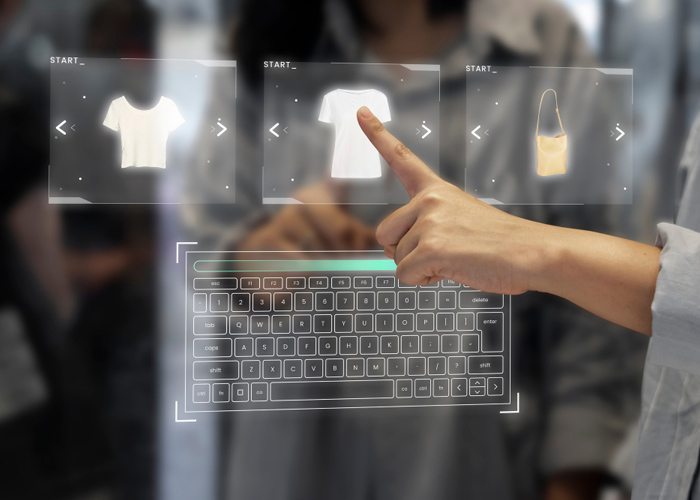
B. Digital Design and Visualization
CAD software for personalized garment creation
Computer-aided design software enables designers and customers to collaborate seamlessly, facilitating the visualization of design ideas and modifications in real-time.
Real-time design rendering and modifications
With real-time design rendering, customers can instantly see how design changes will impact on the final garment, enhancing design flexibility and ensuring their satisfaction with the end product.
Virtual reality and augmented reality in fashion design
Virtual reality and augmented reality technologies provide immersive experiences, enabling customers to virtually “try on” their custom-designed garments and make real-time adjustments.
C. On-Demand Manufacturing
Reducing waste through made-to-order production
On-demand manufacturing helps minimize overproduction and excess inventory, reducing fashion’s environmental footprint and promoting sustainability in the industry.
Faster turnaround times and efficient inventory management
By manufacturing garments only after receiving customer orders, brands can streamline production processes and shorten delivery times, enhancing customer satisfaction.
Sustainable implications of on-demand manufacturing
In addition to waste reduction, on-demand manufacturing reduces the need for large-scale warehousing and transportation, further contributing to a more sustainable fashion ecosystem.
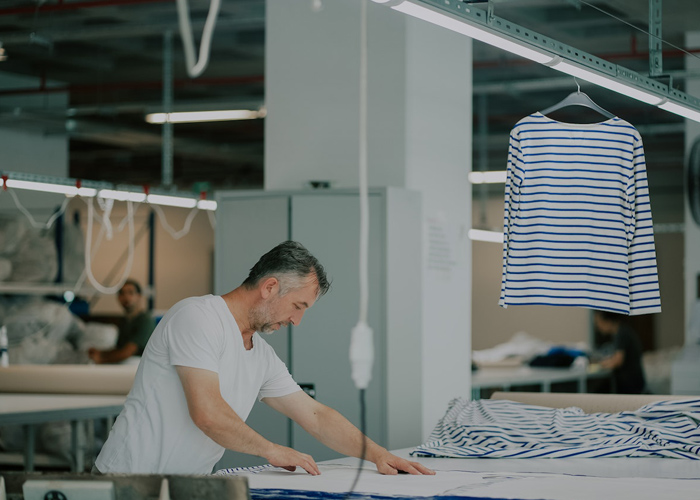
IV. Customization Challenges and Solutions
A. Fit and Sizing Issues
Addressing inaccuracies in measurements
Accurate body scanning and sizing guidelines, along with clear instructions for self-measurement, can help minimize fit issues and ensure garments fit perfectly.
Providing guidance on self-measurement
Brands should offer clear and user-friendly instructions for customers to take accurate measurements at home, reducing the risk of sizing errors.
Virtual fitting rooms and trial periods
Virtual fitting room technology allows customers to virtually try on garments before placing an order, providing reassurance and reducing the likelihood of returns.
B. Design Limitations and Creativity
Balancing creativity and customer input
Designers must strike a balance between offering creative input and incorporating customer preferences to ensure that the final garment aligns with both the brand’s vision and the customer’s desires.
Educating customers about design possibilities
Brands should educate customers about the design options available to them, empowering them to make informed choices during the customization process.
Encouraging open communication and collaboration between designers and customers fosters a sense of partnership, leading to a more satisfying customization experience.
C. Cost and Price Considerations
Transparency in pricing and customization options
Transparent pricing models and itemized costs for various customizations help customers understand the value they receive and make informed decisions.
Affordability versus exclusivity
Striking a balance between offering affordable customization options and maintaining a sense of exclusivity is crucial in appealing to a wide range of customers.
Value perception and pricing strategies
Emphasizing the unique value proposition of custom-made garments, such as superior fit, quality, and personalization, justifies higher price points for customization.
V. The Future of Garment Customization
A. Mass Customization and Sustainable Fashion
Scaling up customization without compromising sustainability
As garment customization becomes more popular, brands must ensure that scaling up production does not lead to increased waste or environmental harm.
Eco-friendly materials and production techniques
The future of garment customization lies in adopting sustainable materials and production methods, minimizing the fashion industry’s impact on the environment.
B. Integration of Artificial Intelligence and Machine Learning
AI-driven design recommendations
AI algorithms can analyze customer data and preferences to provide personalized design recommendations, streamlining the customization process.
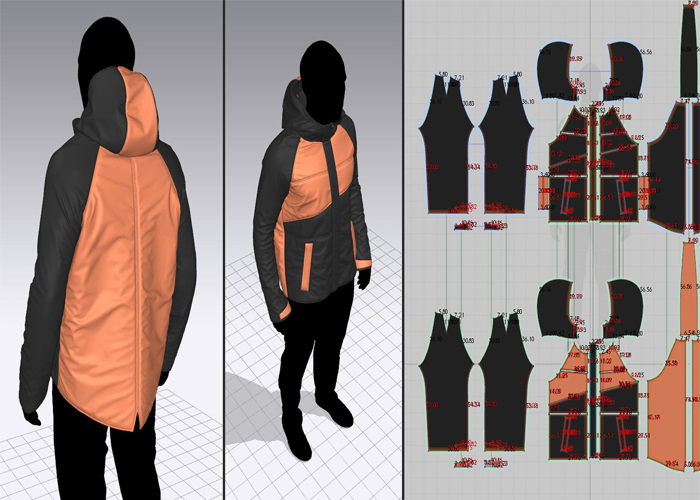
Predictive analytics for customer preferences
By analyzing customer behavior and preferences, predictive analytics can anticipate future customization trends, allowing brands to stay ahead in meeting consumer demands.
Automated manufacturing processes
Integrating AI-driven automation in manufacturing can enhance production efficiency, reduce errors, and enable faster turnaround times for custom orders.
C. Customization Beyond Clothing
Personalized accessories and lifestyle products
The concept of customization can extend beyond clothing to include personalized accessories, such as jewelry, bags, and watches, as well as lifestyle products like furniture and homeware.
Customization in activewear and sportswear
The fitness industry can embrace garment customization to cater to athletes’ unique performance needs and style preferences, enhancing both comfort and functionality.
Home textiles and interior design customization
Customization can also extend to home textiles and interior design, offering consumers the ability to personalize curtains, cushions, and other home decor items.

Conclusion
Garment customization has transcended its traditional roots to become a transformative force in the fashion industry. By catering to individual needs, brands can forge deeper connections with consumers, instilling a sense of ownership and uniqueness. Advanced technologies, sustainable practices, and a focus on customer collaboration are driving the future of garment customization, promising a fashion landscape that embraces both personalization and environmental consciousness. As this trend continues to grow, the fashion industry will undoubtedly witness an era of personalized, sustainable, and captivating fashion experiences.


